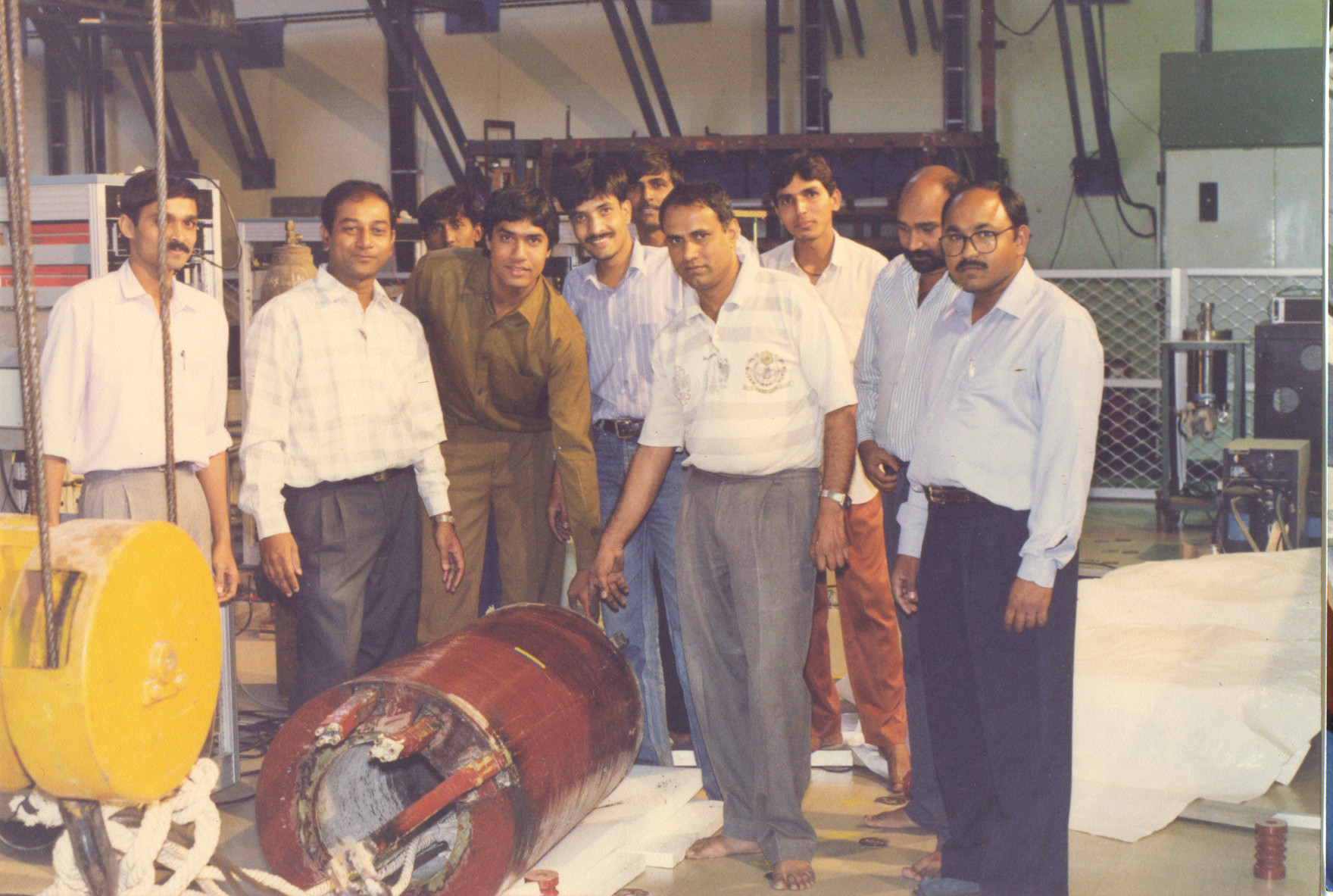This blog talks about how in rush to complete the project, a major deviation during manufacturing of Magnet Coils was accepted that impacted the performance of the Machine throughout its life.
One of the ways of creating and confining very high temperature plasma needed to have Nuclear Fusion is by using magnetic fields. This is the concept used in Tokamak and few other devices such as Magnetic Mirror, Stellarator and even outcome of my own PhD research – THELMA(Triangular HElically Linked Mirror Arrangement).
Design and accurate manufacturing of magnet coils needed for this complex magnetic field configuration is a key requirement for the success of any such device. Very accurate computer codes are available to make these designs. I had used one such code EFFI during my PhD research in 1983-86. Recent progress in manufacturing and high temperature superconducting magnets with high value magnetic fields is helping us bring commercial nuclear fusion reactor to reality faster.
After ADITYA Tokamak was assembled and tested, it seemed to have very high errors in the magnetic field as compared to the design requirements. Typically one needs to have a null in the magnetic field closer to the center of minor radius of torus. Normally to take care of such issues, error correction fields are also planned but it may not always be possible to have them.
After moving to IPR in August 1995, I tried to understand the reason for such high error fields. I used Magnetic Field codes and put in the coil dimensions and location etc. It was not coming anywhere close to measured values. Then I started to check if I could make some changes in the dimensions or locations of the coils, in case they were different due to assembly of manufacturing stage issues.
After lot of trial and errors I found that if I change the vertical length of TR1 coil from 100 cms to 107 cms, it seemed to match very closely with the measured magnetic field values. TR1 is the Central Solenoid(referred to as Ohmic Coil) and is covered from all sides by machine and is not visible at all. So it did not seem possible to measure the actual dimension. Published documents (as shown here) also mentioned this dimension to be 100 cm after the machine had been assembled.

Once when TR1 insulation became very weak, it was not possible to operate ADITYA. See my blog on this
How a “Photo” brought ADITYA Tokamak(Nuclear Fusion Reactor) back from death!
After taking out TR1, we measured the vertical length and guess what ! It was 107 cms!!!
So how did this change happen and was not recorded in published documents ?
Being Project Leader of ADITYA, I could not find a document solving this mystery of change of dimension. Some time later, I happened to come across a thick folder containing documents having communication with manufacturer of Magnet Coil – BHEL. When Coil specification were given to BHEL, they responded back by saying that to maintain the insulation of 20 KV(as required), they would need to use insulators of thicker dimension than assumed in the design. Possibly the design had assumed insulators that may have been used in similar magnet coils abroad but were not available in India at that time. Due to large number of turns, thicker insulator would lead to larger dimensions of coil. This was accepted by IPR and given go ahead.
However this meant that with all the coil dimensions changed (TR1 was impacted to the maximum due to large number of turns like in a solenoid), design calculations had to be done again and position of coils, support systems etc had to be also redone. It would have led to delay in manufacturing of ADITYA components and its assembly and subsequent operation. IPR management in its wisdom decided to not redesign the machine but make adjustment in support system, inter coil spacing etc.
This also meant that one had to live with large error fields! Mystery had been finally solved but the weaknesses it caused in the machine kept affecting its performance all throughout its life. Hopefully ADITYA Upgrade took care of all this weakness and we have learnt from experience.
Documentation remains our weakness and so does transparency.


I very much agree with the concluding remark of yours….that is, we are very poor in maintaining documentations, and particularly one that should contain the mistakes done, lesson learnt after our negligence or ignorance……….. high time to cultivate it among the young researchers…. by highlighting past mistakes!!
Very true sir.
We should overcome from our weaknesses and learn from past mistakes.
This is a learning everyone should understand and apply on himself as a part of successfully achieving the goals and stand in the fast changing world.
Science makes us to think, experiment and learn and learn…
reporting Nonconformities during manufacturing has to be encouraged, there are strict procedures and protocols available to report and resolve and NCs. Unfortunately raising NCs is considered as “fault-finding” in some organizations.